Filter by
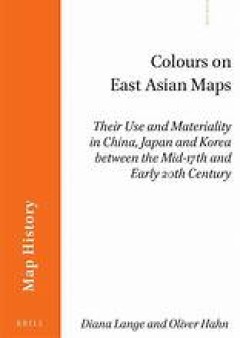
Colours on East Asian Maps
With a multi-perspective approach and transdisciplinary methods (humanities and sciences), this book offers an in-depth and systematic study of hand-drawn and hand-coloured maps from East Asia. Map colouring provides an insight into past societies, landscapes and territories. Colour is an important key to a more precise understanding of the map’s content, purposes and uses; moreover, colours …
- Edition
- -
- ISBN/ISSN
- 978-90-04-54562-5
- Collation
- oer.unej.ac.id
- Series Title
- Brill Research Perspectives in Humanities and Social Sciences Brill Research Perspectives in Map History
- Call Number
- -
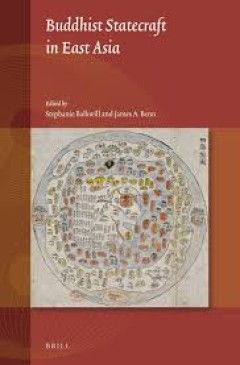
Buddhist Statecraft in East Asia
Buddhist Statecraft in East Asia explores the long relationship between Buddhism and the state in premodern times and seeks to counter the modern, secularist notion that Buddhism, as a religion, is inherently apolitical. By revealing the methods by which members of Buddhist communities across premodern East Asia related to imperial rule, this volume offers case studies of how Buddhists, their t…
- Edition
- Volume: 6
- ISBN/ISSN
- 978-90-04-51022-7
- Collation
- -
- Series Title
- -
- Call Number
- -

A Diplomat in Japan The Inner History of the Critical Years in the Evolution…
A brilliant linguist, Sir Ernest Satow (1843–1929) was recruited into the British consular service as a student interpreter in 1861. The following year he arrived in Japan, where he witnessed the overthrow of the Tokugawa Shogunate and the Meiji restoration of imperial rule. Drafted in the 1880s while he was consul-general in Bangkok, this 1921 account is based on the voluminous diaries Satow…
- Edition
- -
- ISBN/ISSN
- 9781316144671
- Collation
- -
- Series Title
- Cambridge Library Collection - East and South-East Asian History
- Call Number
- -
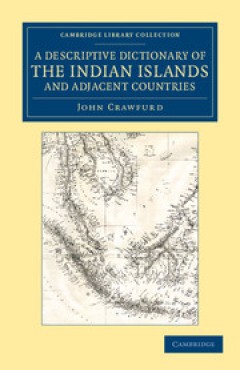
A Descriptive Dictionary of the Indian Islands and Adjacent Countries
Orientalist and colonial administrator John Crawfurd (1783–1868) published this work in 1856. He went to Calcutta as an assistant surgeon in the East India Company, then moved into administration, accompanying political missions to Java, Bali and Celebes, and heading missions to Siam, Vietnam and Burma. Retiring to England in 1828, Crawfurd became a Fellow of the Royal Society and President o…
- Edition
- -
- ISBN/ISSN
- 9781139199070
- Collation
- -
- Series Title
- Cambridge Library Collection - Travel and Exploration in Asia
- Call Number
- -
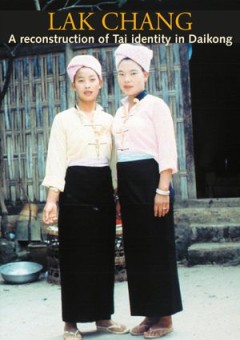
Lak Chang : a reconstruction of Tai identity in Daikong
The Thai—Yunnan Project is proud to present this English-language version of Professor Yos Santasombat’s fascinating ethnography of the Tai in Daikong, southwestern China. It represents a significant contribution to the ethnographic record of the Tai peoples. The village of Lak Chang is located close to the edge of the Tai world and is increasingly embraced by Chinese influence. Professor Y…
- Edition
- -
- ISBN/ISSN
- 9781921536397
- Collation
- -
- Series Title
- -
- Call Number
- 306.089 959 105 135 SAN l
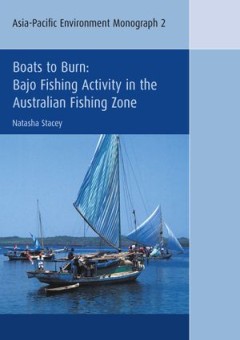
Boats to burn : Bajo fishing activity in the Australian fishing zone
Under a Memorandum of Understanding between Indonesia and Australia, traditional Indonesian fishermen are permitted access to fish in a designated area inside the 200 nautical mile Australian Fishing Zone (AFZ). However, crew and vessels are regularly apprehended for illegal fishing activity outside the permitted areas and, after prosecution in Australian courts, their boats and equipment are d…
- Edition
- -
- ISBN/ISSN
- 9781920942953
- Collation
- -
- Series Title
- Asia-Pacific environment monograph; 2
- Call Number
- 305.899 2 STA b
 Computer Science, Information & General Works
Computer Science, Information & General Works  Philosophy & Psychology
Philosophy & Psychology  Religion
Religion  Social Sciences
Social Sciences  Language
Language  Pure Science
Pure Science  Applied Sciences
Applied Sciences  Art & Recreation
Art & Recreation  Literature
Literature  History & Geography
History & Geography